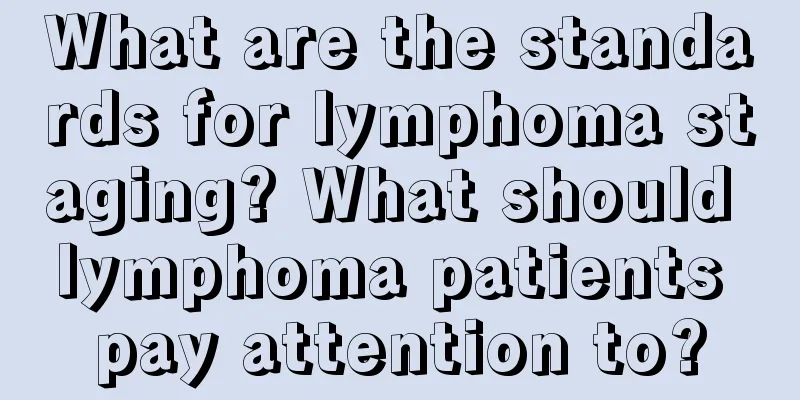What are the early symptoms of leprosy

|
Leprosy is a common disease problem and a type of skin disease. Patients suffering from leprosy suffer terribly. However, the diagnosis of leprosy needs to be based on certain evidence, because some diseases are easy to confuse, especially those with similar symptoms. In the early stages of leprosy, treatment should not be a big problem. It is best to check it in time and treat it according to the situation. So what are the early symptoms of leprosy? Leprosy is a chronic contagious disease caused by Mycobacterium leprae. It mainly invades the human skin and nerves. If not treated, it can cause progressive and permanent damage to the skin, nerves, limbs and eyes. Type I leprosy reaction is an immune reaction or delayed hypersensitivity reaction. It mainly occurs in tuberculoid leprosy and borderline leprosy. Its clinical manifestations are aggravation and expansion of the original skin lesions, and the appearance of new erythema, plaques and nodules. The superficial nerve trunks present with sudden, severe pain, especially at night. The original numb area expanded and new numb areas appeared. Old deformities may worsen and new deformities may occur. There were no obvious abnormalities in blood tests, and routine leprosy tests were negative, or a small or moderate amount of leprosy was detected. This type of reaction occurs slowly and disappears slowly. Depending on the enhancement or weakening of cellular immunity, it is divided into "upgraded reaction" and "downgraded reaction". Type II leprosy reaction is an allergic reaction to antigen-antibody complex, that is, a vasculitic reaction. It occurs in tumor type and borderline tumor type. The reaction occurs faster. Tissue damage is also severe. The most common clinical manifestation is erythema, and in severe cases, necrotic erythema or erythema multiforme may occur. It is often accompanied by obvious systemic symptoms such as chills and fever. In addition, neuritis, arthritis, lymphadenitis, rhinitis, iridocyclitis, epidural and orchitis, tibial periostitis, nephritis, hepatosplenomegaly and other tissue and organ symptoms may also occur. Laboratory tests may show leukocytosis, anemia, accelerated erythrocyte sedimentation rate, increased immunoglobulin G, and a significantly increased antistreptolysin "0" level. There was no significant change in the bacteria before and after the reaction. Mainly granular bacteria. Type III leprosy reaction is a mixed leprosy reaction, which is a mixed reaction involving both cellular immune response and humoral response. It mainly occurs in borderline leprosy. Its clinical manifestations include symptoms of both types mentioned above. |
<<: The efficacy and function of the traditional Chinese medicine Rubia cordifolia
>>: How long does it take for allergic symptoms to subside on their own?
Recommend
What causes leg hair to be too long
Long leg hair is generally not a disease, but has...
How to treat itchy skin in summer?
In the summer, it is normal to feel hot, sweat he...
Is it effective to eat donkey-hide gelatin if you don't have enough milk?
You can eat it. The quality and quantity of postp...
How to treat frequent multifocal ventricular premature beats?
Frequent multi-source ventricular premature beats...
Suffering from colorectal cancer onset period
The main risk factors of colorectal cancer are: F...
The difference between soybean oil and salad oil
When people cook food, oil is the most indispensa...
Is goiter hereditary?
Goiter is not actually a genetic disease. It is m...
Shoulder blade neuralgia
The scapula is located on both sides of the shoul...
Causes of cough in late stage colon cancer
The condition of advanced colon cancer will conti...
The occurrence of lymphoma is most easily seen in the lymph nodes
The most common aspect of lymph node cancer is to...
What are the dangers of endometrial cancer
We all know that endometrial cancer is a disease ...
The efficacy and function of deer blood powder
I believe many people have heard of deer blood po...
Does a single thyroid cancer require complete resection?
Thyroid cancer is a common endocrine tumor in cli...
Why is mantle cell lymphoma easily misdiagnosed
Mantle cell lymphoma (MCL) is a type of lymphoma ...
What is the disease of shaking head
Shaking your head is a simple action, which gener...









